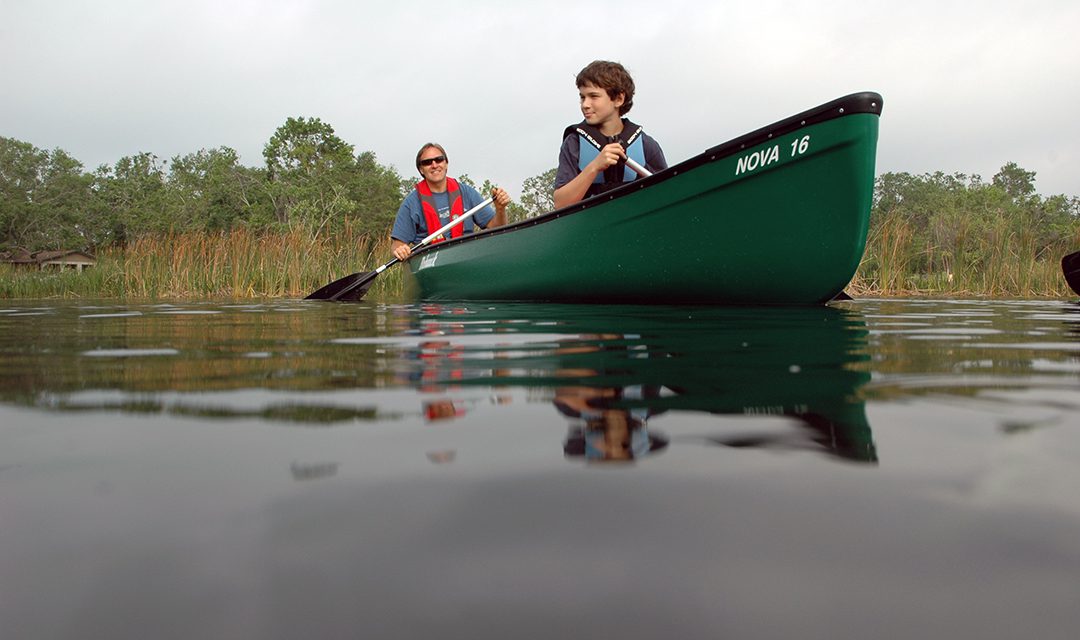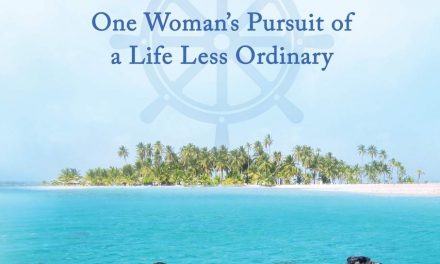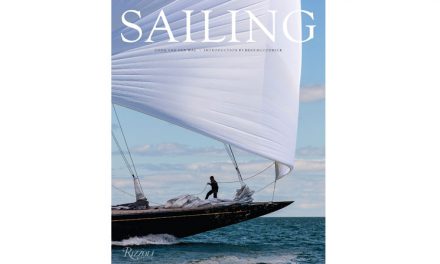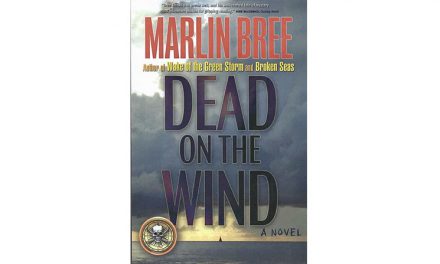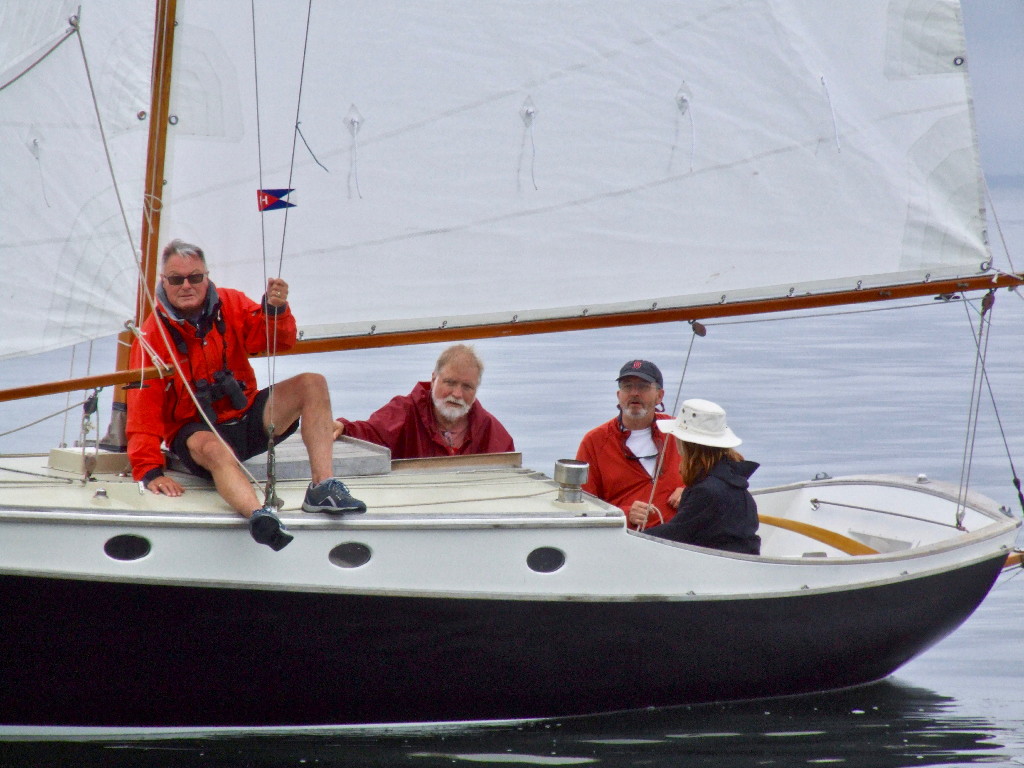Nautical Scribes

We heard from prolific nautical novel writer Jinx Schwartz that prolific nautical novel writer Ed Robinson has died.
Ed lived on a boat and traveled throughout Florida and the Bahamas for many years. The people he met and the places he went became the basis of his popular Trawler Trash series, featuring Meade Breeze. The adventures continue with the new Bluewater Breeze series. Jinx reports that Ed was near finishing his latest novel and that it will be finished by Ed’s friend, Wayne Stinnett.
Jinx Schwartz is best known as the author of the series that features her protagonist, Hetta Coffey, a “a sassy Texan with a snazzy yacht, and she’s not afraid to use it!”
The End of the Ocean

“After 2 years of intense editing and post-production, we bring you our biggest project yet!” That’s the word on 80northseries.com, the home of the four-part documentary series released by the famous vlogging crew aboard Delos. Interested? If you watch the trailer, you will be. Then, pay what you think is fair for the 2-hour docuseries filmed way up north, and sit back and enjoy.
Survey Says?

Some interesting data (captured in 2018) is revealed in a survey released last month by the U.S. Coast Guard. Following are some highlights from the National Recreational Boating Safety Survey (NRBSS).
- 2 million boats are owned by 14.5 million households, and 1.4 million of those boats are in some manner of joint/shared ownership
- The most popular type of boat owned in the U.S.? Open powerboats. And almost 6.5 million households own a canoe or kayak.
- The majority of the boats owned in the U.S. are not registered, and they’re not registered because they’re not required to be (such as human-powered boats). For various reasons, many states are currently considering expanding registration requirements to include more types of boats.
- On average, motorized boats are used 29 days per year, and human-powered boats are used 12 days per year. (No word on sailboats without engines.)
- It turns out that over 10% of the boating that is happening nationwide (person hours), is happening in Florida. Michigan is second, followed by Texas, South Carolina, and New York.
- Only about 2.5% of boats (647,000) were operated, at least once, more than 3 miles from shore during the prior year.
- About 13.9% of motorized boats have a VHF radio aboard.
- 5% of the U.S. population got out on a boat in 2018, mostly white people. (Fewer than 1% of boat-owning households are Black households. Other and mixed-race households constituted 16.3% of all boat-owning households.) The survey summary notes, “This may be a significant factor in limiting participation of more minority persons in boating given that the NRBSS Participation Survey found that not knowing anyone who owns a boat was a significant reason why more persons did not boat in 2018.”
- 23.1% of boat-owning households have household incomes of less than $50,000, and 41.8% earn less than $75,000. Households with household incomes between $75,000 and $149,999 represents 37.5% of boat-owning households.
- The fatality rate for motorized boats: five per 100 million person hours. The fatality rate for human-powered boats: 13 per 100 million person hours.
According to BoatUS, the survey was funded by two grants from the Sport Fish Restoration and Boating Trust Fund. The survey was completed by the nonprofit research institute RTI International and the Department of Community Sustainability at Michigan State University.
Weather Knowledge
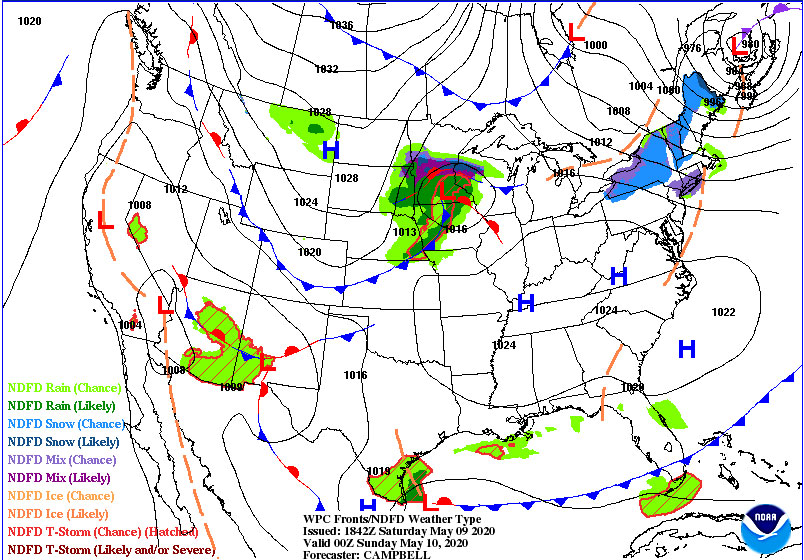
First off, we are not affiliated in any way with Marine Weather University, and we’ve not taken any Marine Weather University courses. We’re just sharing info we’ve reviewed and we are intrigued by. We’re intrigued because this program is associated with Peter Isler and his Academy of Sailing Secrets, and Peter is the real deal (we don’t have time to list his sailing resume, but look him up).
This pandemic is still raging and if you’re at home, having reached the end of your Netflix queue, and have any interest in marine weather, Marine Weather University looks like something worth checking out.
There are freebies to try and the single course they recommend sampling before committing to the whole program, looks great. Here are some highlights from the single-class curriculum: Clouds and Marine Weather, Clouds and Winds Around Them, Assessing the Wind, Local/Regional Winds, The Internet & Marine Weather.
Nautical Trivia

Where is a sailor likely to find an angel aboard?
Okay, too obtuse? What piece of equipment aboard is nicknamed an angel?
Don’t keep reading until you’re ready for the answer.
We’ve got an issue of Good Old Boat coming up (May/June!) focused on anchors and anchoring. This is January, so that means the May/June issue is our focus now, which means this editor’s head is filled with all things ground tackle. And that’s where the angel comes in…
Heard of a kellet? A sentinel? Angel is another term for these things, these weights that are suspended from the anchor rode, between the bow and anchor, to decrease the angle between the lower part of the rode and the sea bottom, thus increasing an anchor’s holding power, while also providing slack to absorb temporary strain imposed by gusts and swells, especially when there is not room to let out sufficient scope.

